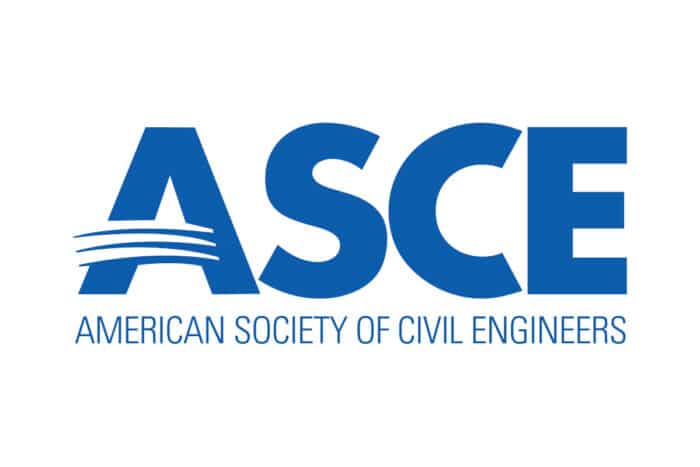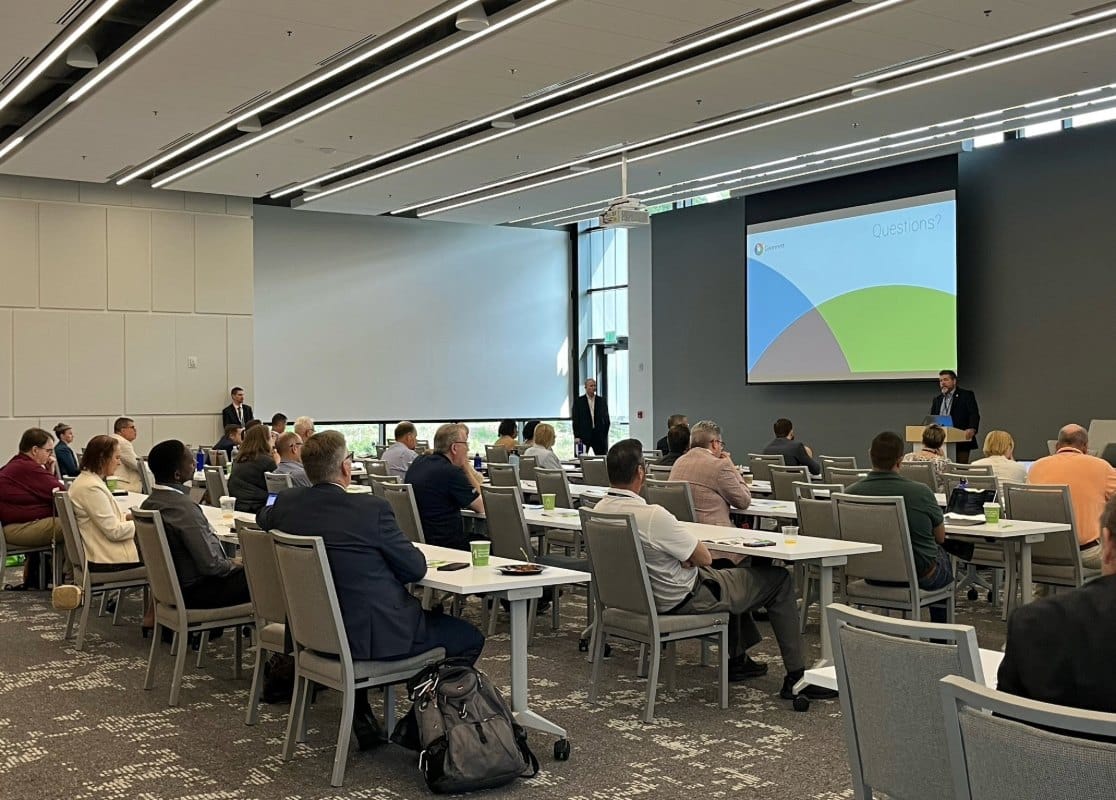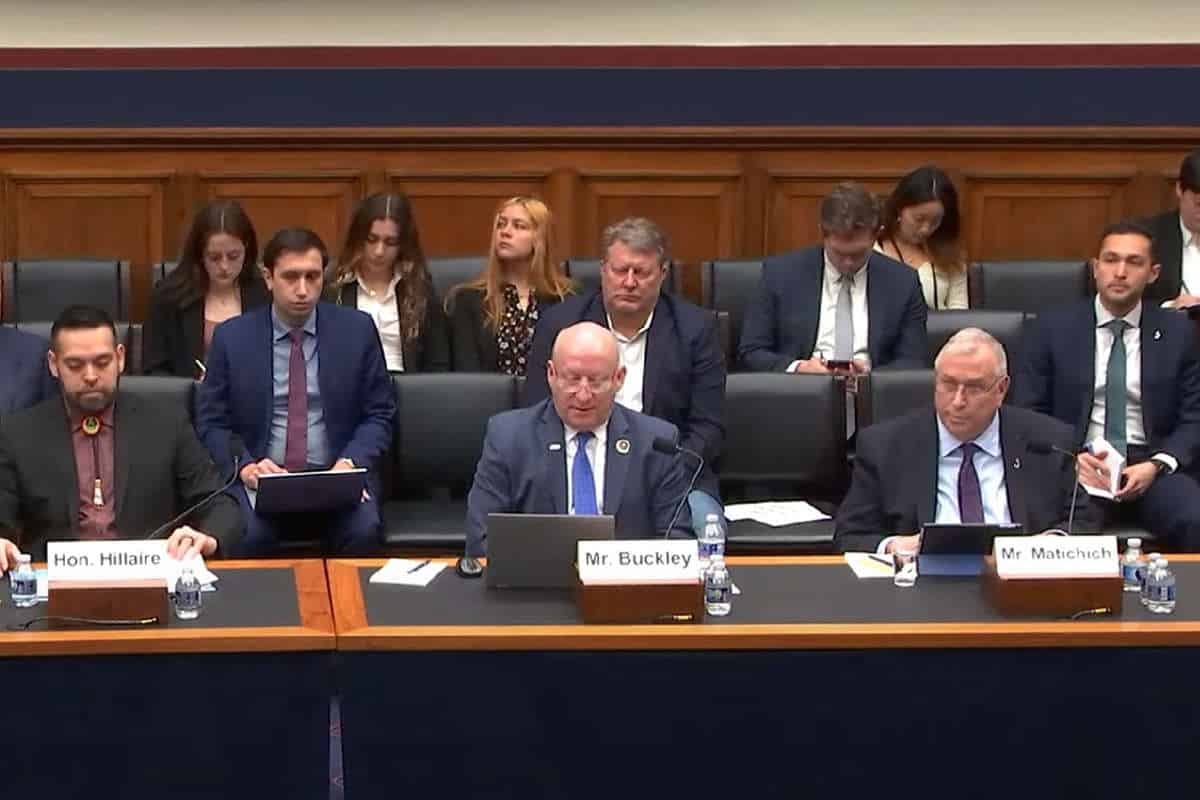America’s Infrastructure Receives ‘C’ on ASCE Report Card

The American Society of Civil Engineers (ASCE) released its 2025 Report Card for America’s Infrastructure in March, offering an assessment of U.S. infrastructure with an overall ‘C’ grade, finding that legislation passed by Congress since the 2021 Report Card sparked progress, despite more work and investment needed to meet current and future demand.
Using an ‘A’ to ‘F’ school report card format, ASCE’s Report Card for America’s Infrastructure provides a comprehensive assessment of current infrastructure conditions and needs. It evaluates 18 categories. Broadband is a new category added to this year’s report. It is the second Report Card in which Stormwater has been graded.
The 2025 grade of ‘C’ is an improvement over the ‘C-’ overall grade in 2021, and is the highest grade given by ASCE since it began its Report Card in 1998. While the Report Card shows that 2021 investments from the Infrastructure Investment and Jobs Act (IIJA) have started to pay off, ASCE projects a $3.7 trillion gap between current planned infrastructure investments and what must be done to have the nation’s infrastructure in good working order — an increase from the $2.59 trillion gap reported four years ago.
The 2025 Report Card for America’s Infrastructure demonstrates that recent federal investments have positively affected many of the infrastructure sectors Americans rely on every day. As a result, incremental improvements were made across some of the historically lowest-graded categories in the Report Card. Almost half of the 18 assessed categories saw increased grades and contributed to the overall grade improvement.
ASCE defines a C grade as: The infrastructure in the system or network is in fair to good condition; it shows general signs of deterioration and requires attention. Some elements exhibit significant deficiencies in conditions and functionality, increasing vulnerability to risk.
For the first time since 1998, no Report Card categories were rated D−. However, nine categories still received a grade in the ‘D’ range. ASCE noted that while the improved grade is promising momentum, sustained infrastructure investments are necessary to equip stakeholders with certainty for long-term planning and execution of policies and projects that fully realize the benefits of robust resources.
Specifically, the Report Card analysis also notes that with a continuance of Infrastructure Investment and Jobs Act (IIJA) levels of funding beyond the bill’s expiration in 2026, taxpayers would save $700 per year.
Drinking Water
Drinking Water received a grade of ‘C-‘ in 2025, unchanged from ASCE’s 2021 Report Card.
The Report Card analysis notes that U.S. water infrastructure is aging and underfunded. More than 9 million existing lead service lines pose health concerns, and in 2023, EPA determined that the nation’s water infrastructure needs stand at $625 billion over 20 years — that exceeds the agency’s 2018 assessment by more than $150 billion. The 2021 Infrastructure Investment and Jobs Act (IIJA) invested more than $30 billion for drinking water capital improvements, removal of lead service lines, and addressing emerging contaminants such as per- and polyfluoroalkyl substances (PFAS). However, funding shortfalls continue in state revolving funds that support drinking water.
Unfortunately, ASCE notes, only about 30% of utilities have fully implemented an asset management plan, and just under half are in the process of implementing one.
ASCE’s 2024 Bridging the Gap economic study with the Value of Water Campaign found that the projected gap between drinking water infrastructure needs and investments in 2024 stood at $309 billion and is expected to grow to $620 billion by 2043.
Wastewater
Wastewater’s grade also remained unchanged from 2021, coming in at a D+.
According to ASCE, the nation’s sewers are estimated to be worth more than $1 trillion, illustrating the magnitude of wastewater infrastructure. This includes nearly 17,500 wastewater treatment plants. ASCE notes that while the ability to detect and address emerging contaminants has improved, environmental regulations have tightened and public opinion on pollution has changed, the wastewater sector is increasingly expected to produce advanced treatment outcomes, even as systems age.
Over the last decade, the sector’s renewal and replacement rate for large capital projects decreased from 3% to 2% while the average number of collection system failures for combined water utilities increased from 2 to 3.3 per 100 miles of pipe, indicating the impacts of aging infrastructure. The number of combined sewer systems has modestly decreased from 746 to 738 (2004 to 2023), and occurrences of sanitary sewer overflows have also decreased from 0.7 to 0.16 overflows per 100 miles of utility pipe (2015 to 2021).
Again citing the ASCE and Value of Water Campaign’s 2024 Bridging the Gap economic study, looking at only wastewater and stormwater values, the future funding gap sits around at $69 billion annually. This means about 30% of the nation’s total wastewater infrastructure capital needs are being met. Assuming the combined wastewater and stormwater sector continues along the same path, the gap will grow to more than $690 billion by 2044.
Since 1998, when ASCE began issuing its quadrennial Report Card, the message behind the unflattering grades was consistent: federal, state and local governments, in addition to the private sector, have not been prioritizing our interdependent infrastructure systems. In sum, the bill on our infrastructure systems was past due. For the second consecutive report, Report Card grades show that U.S. infrastructure is trending in the right direction, thanks to “comprehensive support, innovative solutions and bold leadership,” according to ASCE.
Sources: American Society of Civil Engineers




